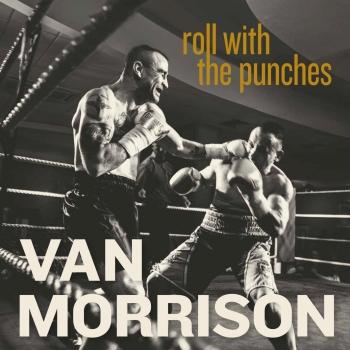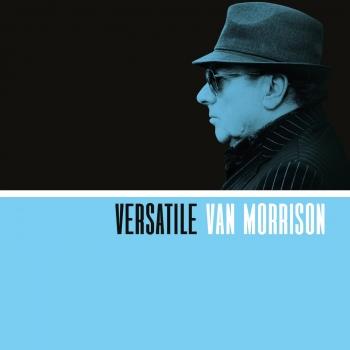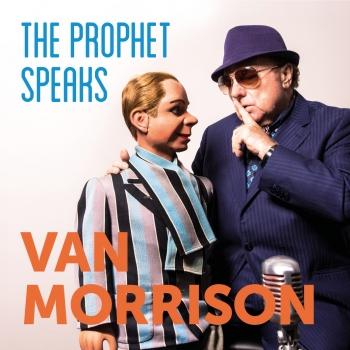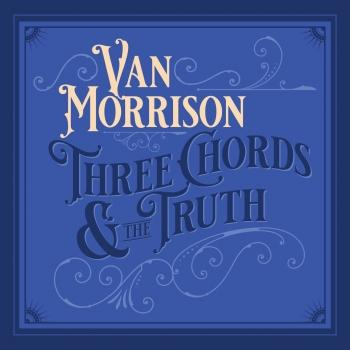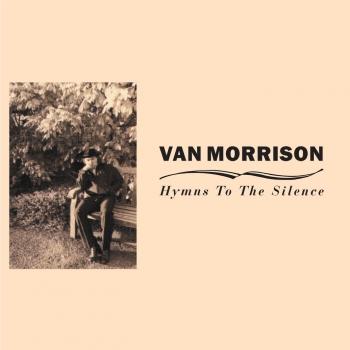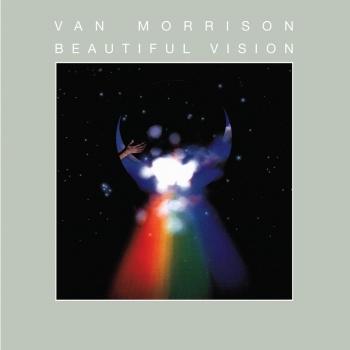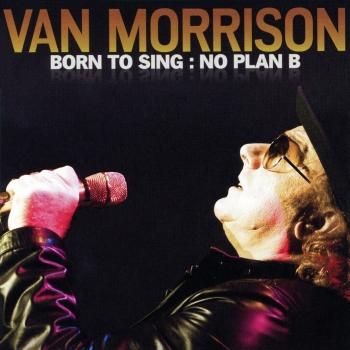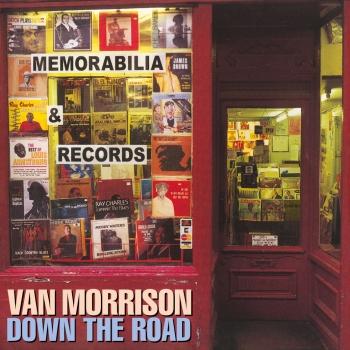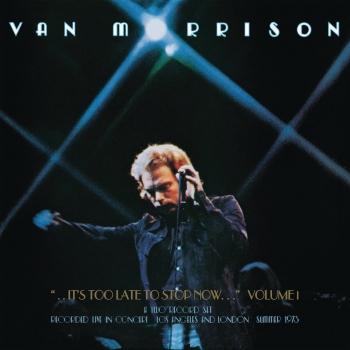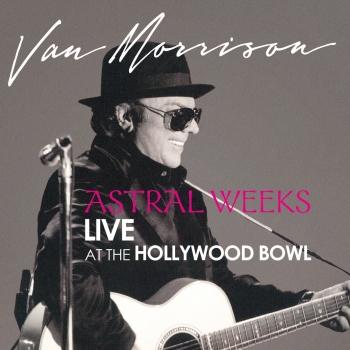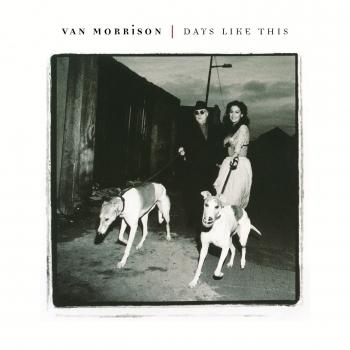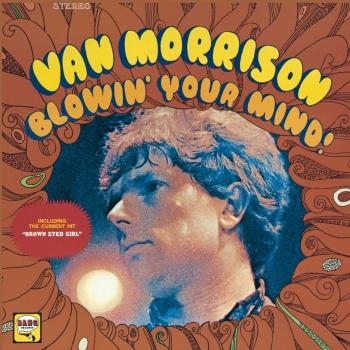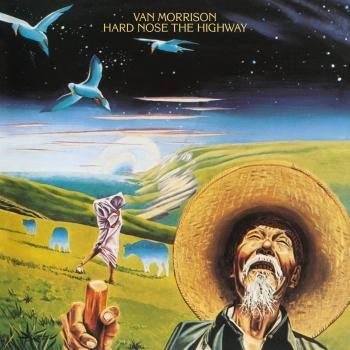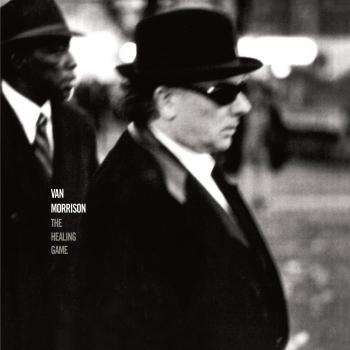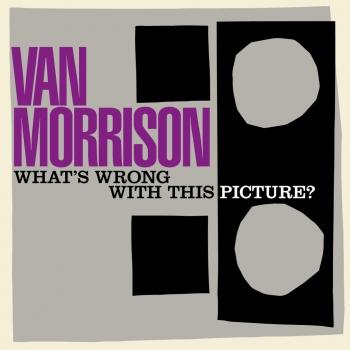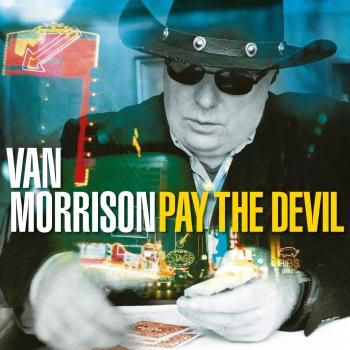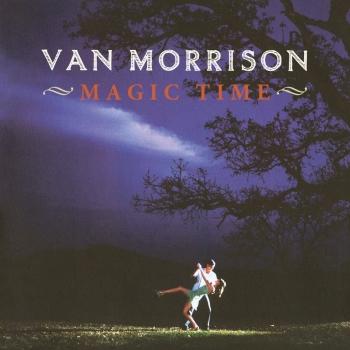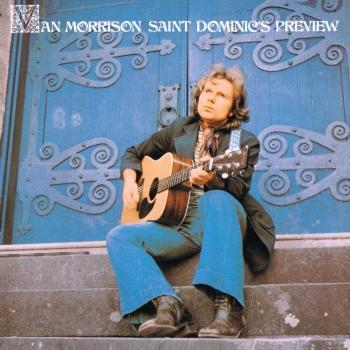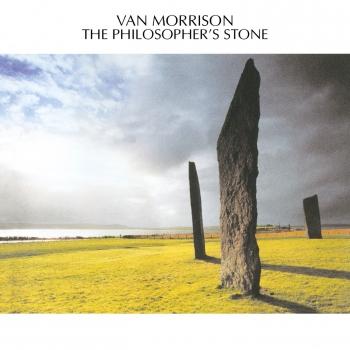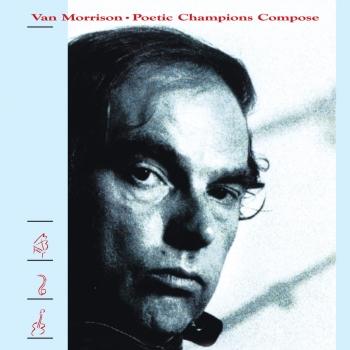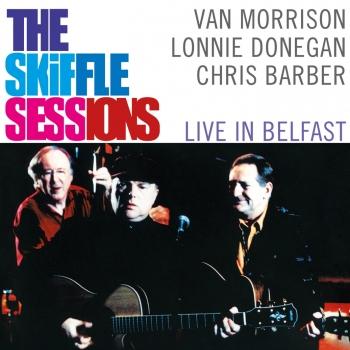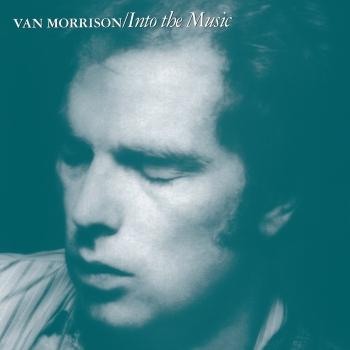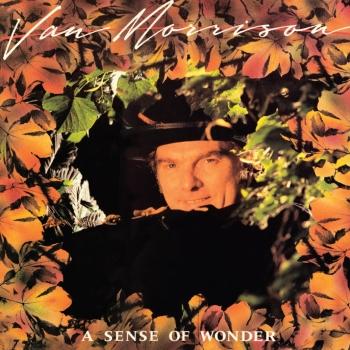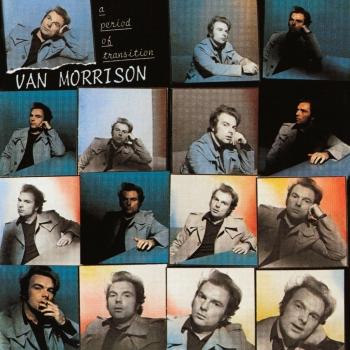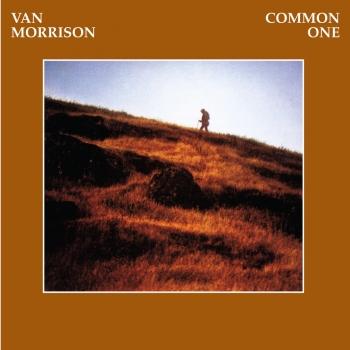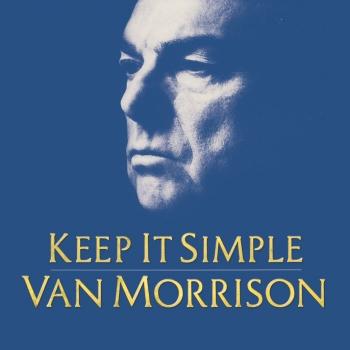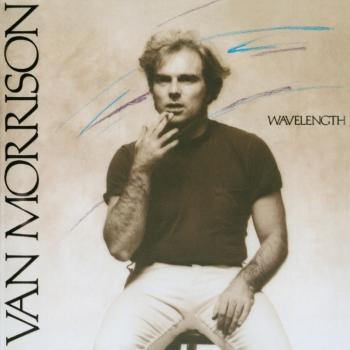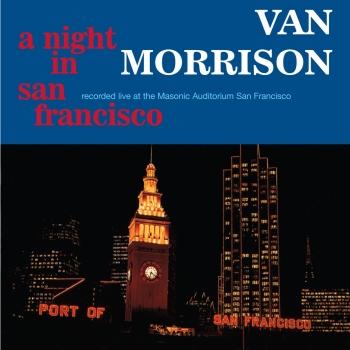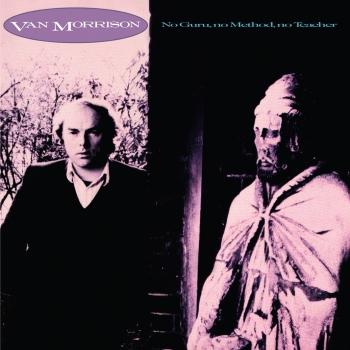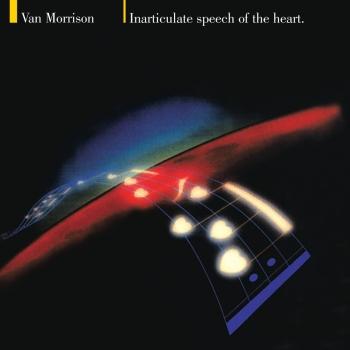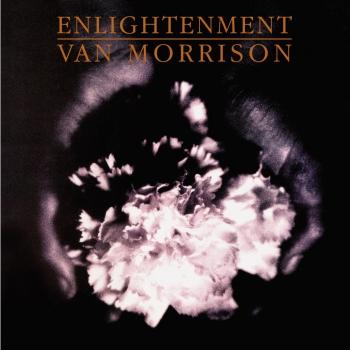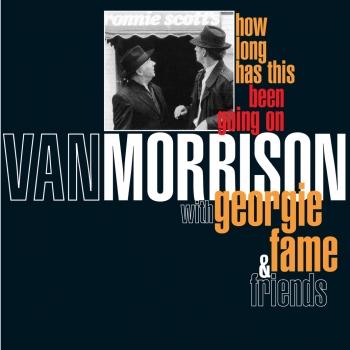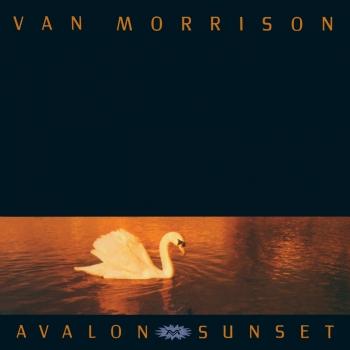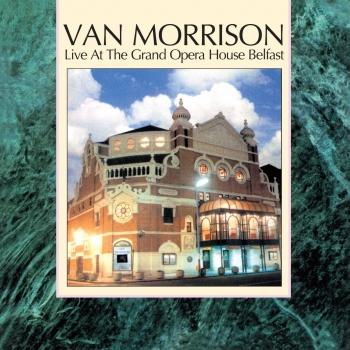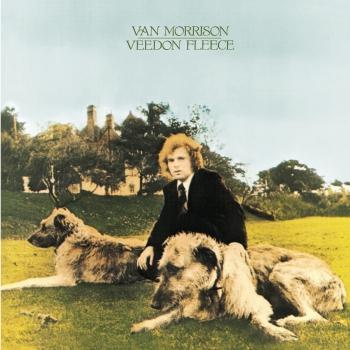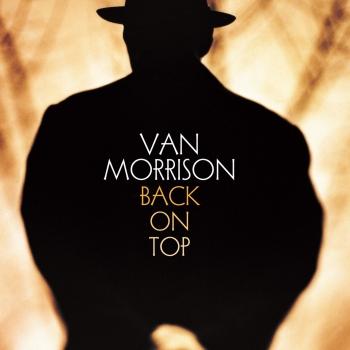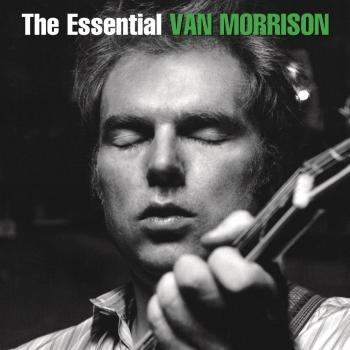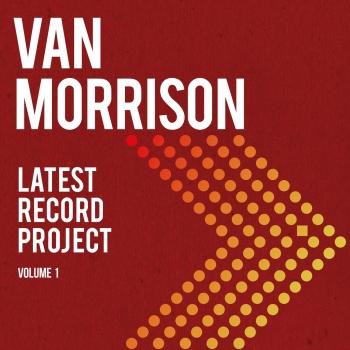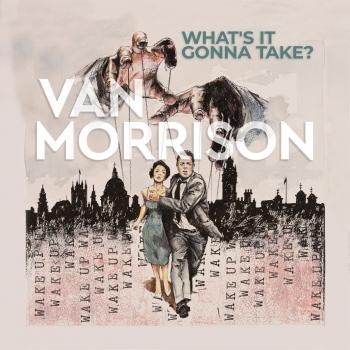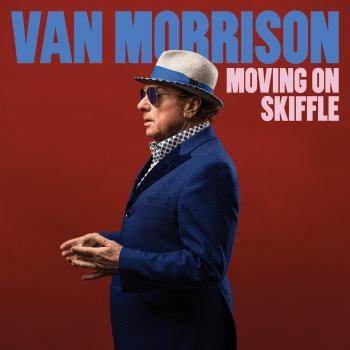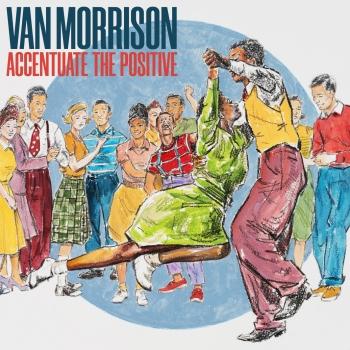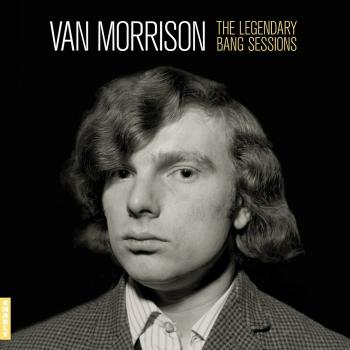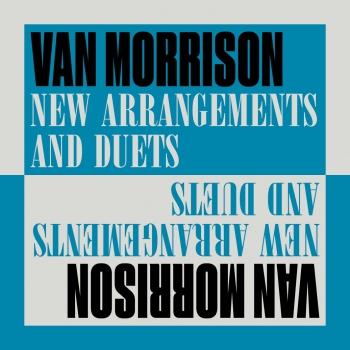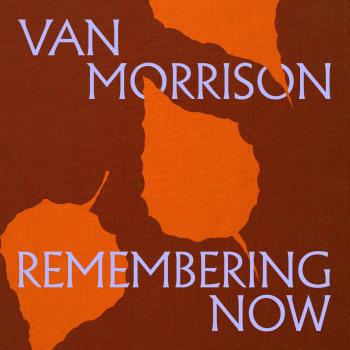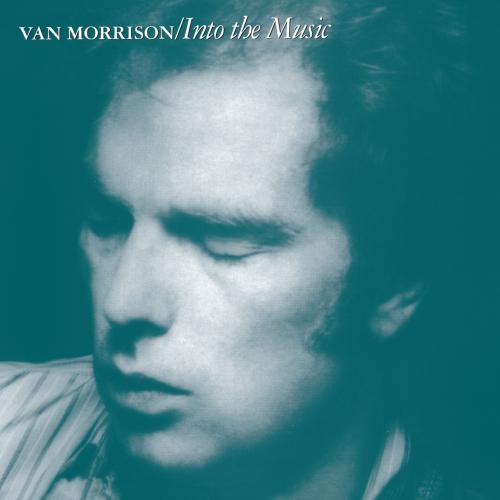
Into the Music (Remastered) Van Morrison
Album Info
Album Veröffentlichung:
1983
HRA-Veröffentlichung:
26.02.2020
Das Album enthält Albumcover
Entschuldigen Sie bitte!
Sehr geehrter HIGHRESAUDIO Besucher,
leider kann das Album zurzeit aufgrund von Länder- und Lizenzbeschränkungen nicht gekauft werden oder uns liegt der offizielle Veröffentlichungstermin für Ihr Land noch nicht vor. Wir aktualisieren unsere Veröffentlichungstermine ein- bis zweimal die Woche. Bitte schauen Sie ab und zu mal wieder rein.
Wir empfehlen Ihnen das Album auf Ihre Merkliste zu setzen.
Wir bedanken uns für Ihr Verständnis und Ihre Geduld.
Ihr, HIGHRESAUDIO
- 1 Bright Side of the Road 03:46
- 2 Full Force Gale 03:14
- 3 Steppin' Out Queen 05:26
- 4 Troubadours 04:41
- 5 Rolling Hills 02:53
- 6 You Make Me Feel so Free 04:08
- 7 Angelou 06:50
- 8 And the Healing Has Begun 08:02
- 9 It's All in the Game 05:09
- 10 You Know What They're Writing About 05:39
- 11 Steppin' Out Queen (Alternative Take) 07:00
- 12 Troubadours (Alternative Take) 05:29
Info zu Into the Music (Remastered)
"Into the Music" is the 11th studio album by Northern Irish singer-songwriter Van Morrison, and was released in August 1979. It includes "Bright Side of the Road", which peaked at number 63 on the UK Singles Chart, and other songs in which Morrison sought to return to his more profound and transcendent style after the pop-oriented Wavelength. The record received favorable reviews from several music critics and was named as one of the year's best albums in the Pazz & Jop critics' poll.
"Into the Music may not seem like a great Van Morrison record, one of his very best, upon first listen, especially if you're trying to compare it to such masterpieces as Astral Weeks and Moondance, or even Tupelo Honey. Yet this is certainly one of his best records, one that is quietly winning and thoroughly ingratiating, sounding stronger, even irresistible, with each new spin. In a sense, this is the definitive post-classic-era Morrison, since it summarizes all of his attributes while showcasing each at a peak. Musically, this is a little harder and rootsier than its two predecessors, but only a little; this is still remarkably relaxed music, where the charm is in its ease of delivery and compositions. The difference, there's more grit in the performances, more substance in the songs, letting Van the craftsman shine through along with his spirituality and grace. There may be no masterworks on the level of his early-'70s records, but these are deft, subtle songs that are full-bodied songs, unlike their counterparts on this album's immediate predecessors or successors. There's little question that this is not a knockout record, and some could even be excused if they find its charms elusive -- but once you've entered Van's sizable cult, few records sound as much like Morrison as this, a record that served as culmination of where he was coming from and served as blueprint for where he was going." (Stephen Thomas Erlewine, AMG)
Van Morrison, vocals, guitar, harmonica
Herbie Armstrong, guitar, backing vocals
Pee Wee Ellis, tenor saxophone
David Hayes, bass
Mark Isham, trumpet, flugelhorn, piccolo trumpet
Mark Jordan, piano
Katie Kissoon, backing vocals
Toni Marcus, mandolin, violin, viola, stroviola
Peter Van Hooke, drums
John Allair, Hammond organ on "And the Healing Has Begun"
Ry Cooder, slide guitar on "Full Force Gale"
Zakir Hussain, tabla on "Bright Side of the Road" and "Steppin' Out Queen"
Robin Williamson, penny whistle on "Troubadours" and "Rolling Hills"
Kurt Wortman, drums on "Troubadours"
Digitally remastered
Van Morrison
One of music’s true originals Van Morrison’s unique and inspirational musical legacy is rooted in postwar Belfast.
Born in 1945 Van heard his Shipyard worker father’s collection of blues, country and gospel early in life.
Feeding off musical greats such as Hank Williams, Jimmie Rodgers, Muddy Waters, Mahalia Jackson and Leadbelly he was a travelling musician at 13 and singing, playing guitar and sax, in several bands, before forming Them in 1964.
Making their name at Belfast’s Maritime Club Them soon established Van as a major force in the British R&B scene. Morrison’s matchless vocal and songwriting talents produced instant classics such as the much covered ‘Gloria’ and ‘Here Comes The Night’.
Those talents found full astonishing range in Van’s solo career.
After working with Them’s New York producer Bert Berns on beautiful Top 40 pop hit ‘Brown Eyed Girl’ (1967), Morrison moved to another realm.
Recorded over 3 days with legendary jazz musicians Astral Weeks (1968) is a still singular album combining street poetry, jazz improvisation, Celtic invocation and Afro Celtic Blues wailing.
Morrison would weave these and myriad other influences into the albums that followed in quick succession.
Reflecting on new life in America on the joyous Sinatra soul of Moondance (1970) and the country inflected Tupelo Honey (1971) he summoned old spiritual and ancestral life in the epic St Dominic’s Preview (1972) closer track Listen To The Lion.
Double live album Too Late To Stop Now (1973) highlighted Morrison’s superlative performing and bandleader skills. Mapping out a richly varied musical course throughout the 70s he shone among an all-star cast including Bob Dylan and Muddy Waters on The Band’s Last Waltz.
Indeed, borne of his Irish Showband instincts, the magic of the live performance has been a consistent feature of Morrison’s career.
Settling back into life in the UK in 1980 he released Common One an album centring on Summertime In England an extraordinary invocation of literary, sensual and spiritual pleasure the song would often become a thrilling improvised centrepiece to his live shows.
Steering his own course throughout the 80s on albums such as No Guru, No Method, No Teacher he claimed Celtic roots with The Chieftains on Irish Heartbeat. Teaming with Georgie Fame brought new impetus to his live show while Avalon Sunset saw him back in the album and single charts by the decades end.
Van Morrison continued to advance on his status as a game- changing artist through the 90s and into the 21st century.
Awards and accolades - a Brit, an OBE, an Ivor Novello, 6 Grammys, honourary doctorates from Queen’s University Belfast and the University of Ulster, entry into The Rock n Roll Hall of Fame and the French Ordres Des Artes Et Des Lettres - attested to the international reach of Van’s musical art.
Yet there was never any suggestion that Morrison, one of the most prolific recording artists and hardest working live performers of his era, would ever rest on his laurels.
Collaborations with, among others, John Lee Hooker, Ray Charles, Lonnie Donegan, Mose Allison and Tom Jones confirmed the breadth of his musical reach.
Morrison’s visionary songwriting and mastery of many genres continued to shine on albums celebrating and re-exploring his blues, jazz, skiffle and country roots.
The influence of the musical journey that began back in Post War Belfast stretches across the generations, and Morrison’s questing hunger insures that the journey itself continues.
Constantly reshaping his musical history in live performance, Morrison reclaimed Astral Weeks on 2009’s album Live At The Hollywood Bowl.
The subtitle of Van Morrison's latest album, Born to Sing: No Plan B, indicates the power that music still holds for this living legend. "No Plan B means this is not a rehearsal," says Morrison. "That’s the main thing—it’s not a hobby, it’s real, happening now, in real time."
With one of the most revered catalogues in music history and his unparalleled talents as composer, singer and performer Morrison’s past achievements loom large. But, as throughout his extraordinary career, how that past informs his future achievements and still stirs excitement and keen anticipation.
Dieses Album enthält kein Booklet










